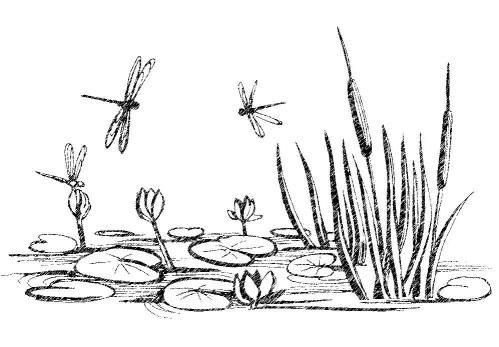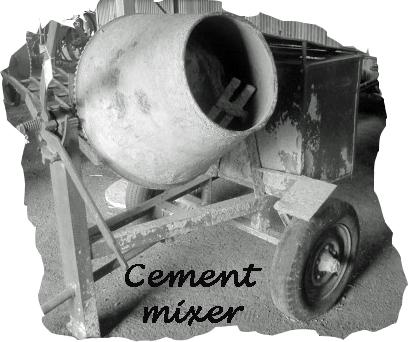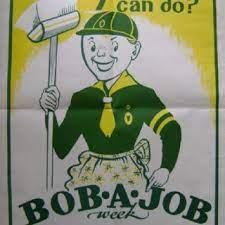Being four years older than me, Alistair was always my mentor in raiding exploits and other adventurous affairs. I always followed his lead and believed everything he told me – a fact he regularly exploited to his own amusement. Some of his best examples are all the diseases I believed I had like a lock-jaw and foot and mouth disease.
Our outdoor adventures carried on until we were a bit older. I was about seven and Alistair, eleven, when one of our walks led us to an abandoned canning factory on the edge of a field near a dirt road. It was located on the outskirts of our village near Common Lane. Given our history of treasure-hunting and ‘looting’, of course, we also sneaked into the factory.
A Stack of Canned Fruits
There we found hordes of old canned fruit stacked up. We proceeded to smash some of the tins and greedily swallow their contents of sugar plums, pears, and fruit cocktails. The fruit cocktails, specifically, became our favourite; it was the first thing we devoured among the rest. What made them seem more rare was the prize of a bright red cherry in each can. I don’t quite know why we valued these, as they didn’t taste very good; perhaps it was their colour or scarcity that attracted us.
The fact that the fruit tasted a bit rusty didn’t seem to bother us because we were used to consuming much more dull nourishment. We typically ate raw potatoes and corns of wheat from the farmers’ fields which somehow left us feeling even hungrier.
Rusty Fruits and Rusty Jaws
Once we had eaten our fill and left the factory, I asked Alistair what would happen if you ate rusty fruit. He told me I’d get lock-jaw. I asked him what that was; he told me it was when your jaw locked so you couldn’t open it. This sounded fairly logical to a young kid, as rusty things were difficult to open and at best if you opened a rusty door it would creak.
So after learning this new information, we regularly checked our jaws to see if they were about to lock solid. I was certain that I started feeling some kind of stiffness on my jaw at the time, but probably soon forgot about it and later understood that it was all in my head.
The Beauty of Ponds
On the way home from the abandoned canning factory, we had to pass by one of our favourite ponds. Ponds were an endless source of amusement, providing the perfect platform; there, we launch homemade rafts to catch tiddlers, minnows, newts and frogs; we also mess about by prodding frog spawn with a stick or to find some velvety reeds. We wouldn’t usually venture to swim in these slimy places, but paddling was okay because the soft cold mud tended to massage your feet gently giving you a dirty, velvety feeling.
I took off my shoes and socks and waded into the pond up to my knees. My mission was to grab one of the velvety reeds and uproot it. There must have been some old rusty object or broken glass on the floor of the pond because I stepped on something sharp that cut my foot fairly badly. Cuts and bruises never bothered us much, as they were just the daily battle scars of playing outside; we wore them proudly, as if they were medals. In fact, like old soldiers, we tended to boast to each other if we had a large cut or scab we could show off.
Foot and Mouth Disease
We never bothered about cleaning wounds very much, although we liked to frighten each other with tales of what might happen if you didn’t. I asked my brother what might happen when I had cut the sole of my foot in the pond. He replied that I would probably end up with foot and mouth disease; he never actually said what this disease might entail, or what I was supposed to do to cure it; basically, I just had to live in fear for days.
That was just how life was for us back then. I would ask Alistair a question, he would answer it, and I would believe it.



